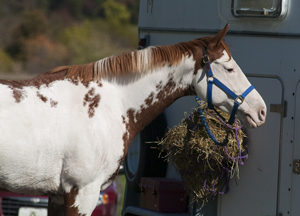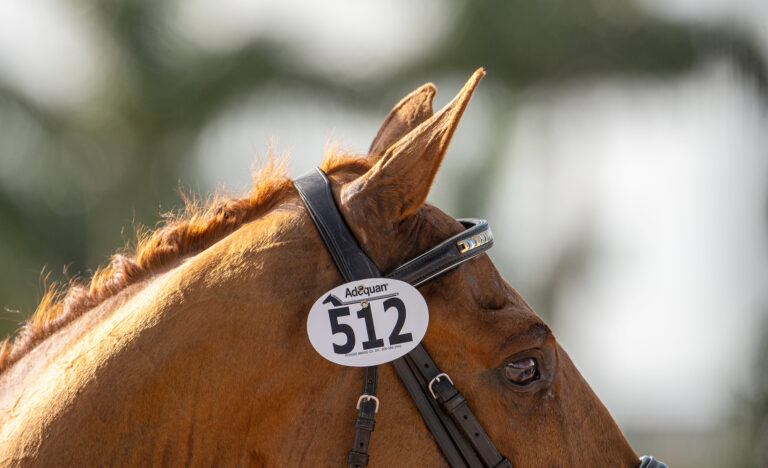I’d like to preface this month’s column with some facts about getting the “whole picture” when evaluating a horse from one side view to form an opinion and place a class of horses based on conformation.

While this is an informative and interesting concept to educate readers as it pertains to performance and soundness issues, one photo is no substitute for the information needed to assess a horse for purchase or to evaluate his competitive ability.
When evaluating a horse yourself, view him standing both head on and from the rear to note correctness and bone structure. Also watch him move toward and away from you, as well from the side, to assess gaits and athletic ability.
No matter how well built or structurally correct a horse, it always boils down to heart and determination. I have seen many conformationally challenged horses excel at the highest levels due to sheer desire. And I’ve also seen beautiful animals who should be the whole package be very disappointing in competition.
In summary, there are so many factors that contribute to the whole picture when considering conformation. I can only evaluate what I see in the pictures I’m given, but I strive to impart information that can be educational for everyone.
See how I placed these horses in the June 2009 issue of Practical Horseman.
Owner of Maplewood Stables in Reno, Nev., Julie Winkel has been a U.S. (USEF) Equestrian Federation “R” hunter breeding judge for 23 years and a Canadian Equestrian Federation “S” judge for more than 10 years. Through her career as a rider, trainer, judge and breeder, Julie continues to learn and study which traits make athletic horses and how structural makeup can lessen soundness problems. Julie runs a breeding facility where her two grand prix stallions, Cartouche Z and Osilvis, have produced offspring who have placed high in Young Jumper championships. As a USEF equitation and hunter judge, Julie has officiated at many top competitions, including the ASPCA Maclay Championship and the Pessoa/USEF Medal Final.
Conformation Clinic appears monthly in Practical Horseman. To submit a photo for evaluation, send us a side-view photo of your horse, posed similarly to those shown above. For digital photos: at least 3″ x 5″ at high resolution (300 dpi). Make sure your entire horse is in the photo and that he’s well groomed, wearing a bridle, looking straight ahead and standing on level ground–and try to avoid distracting backgrounds. Email Practical.Horseman@EquiNetwork.com or mail a print to Conformation Clinic, Practical Horseman, 656 Quince Orchard Rd., Suite 600, Gaithersburg, MD 20878. Include your contact information and your horse’s breed, age and gender and the disciplines in which you ride. If photograph is professionally taken, please include photographer’s name and contact information. For an example of how to present your horse, click here.












